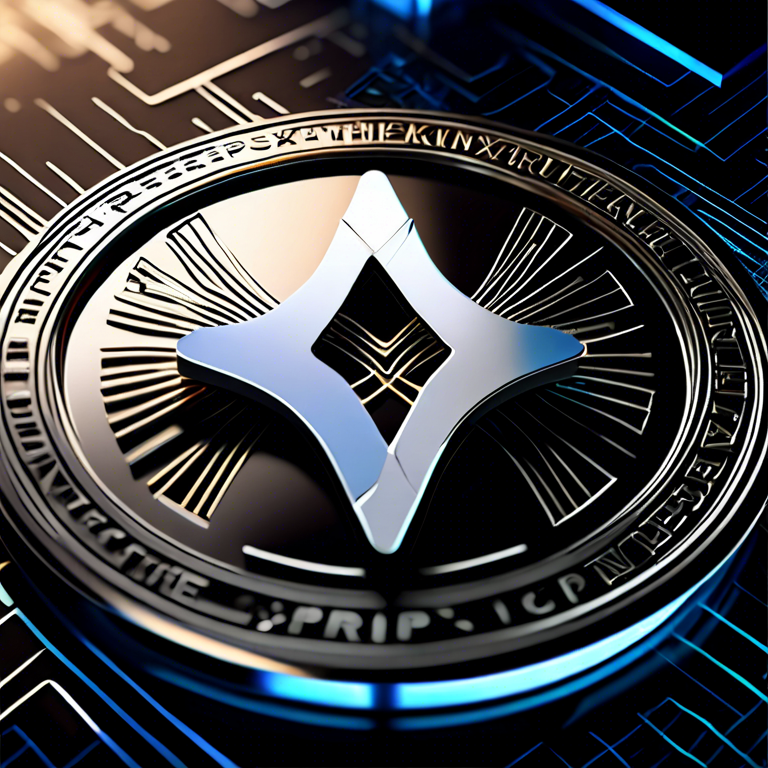【.23 ethereum】XRP Digital Currency: A Chronicle of Evolution
The .23 ethereumstory of XRP, an intriguing component of the digital currency landscape, is not just about its origins but its substantial growth and the challenges it faced in revolutionizing the finance sector. This article delves deep into the history of XRP cryptocurrency, examining its foundation, key milestones, and how it has become a significant player in the realm of blockchain and financial transactions. A Glimpse into XRP’s Inception XRP was created by Ripple Labs Inc., a technology company focusing on the development and integration of payment protocols and currency exchange networks. Established in 2 The origin of XRP is distinctive because it wasn’t mined through a process like Bitcoin or Ethereum. Instead, Ripple created 100 billion XRP coins at its inception. This decision has been a subject of discussion within the cryptocurrency community, as it deviates from the decentralized nature of typical cryptocurrency structures and gives Ripple control over the release and distribution of the currency. Key Milestones and Developments Over the years, XRP has marked several significant milestones. One of the notable early successes was the adoption of its protocol by various banks and financial institutions to facilitate international transactions. This was seen as a significant step in validating Ripple’s premise that blockchain technology could enhance the efficiency and reduce the costs of cross-border payments. Additionally, XRP has been part of various partnerships and collaborations aimed at expanding its use beyond just a transactional currency. These include collaborations with global money transfer companies and payment services, which have integrated XRP for its speed, reliability, and scalability. Challenges and Controversies Despite its successes, XRP has not been without its challenges. One of the most significant has been the ongoing legal battle with the United States Securities and Exchange Commission (SEC Moreover, the centralized nature of XRP’s creation and distribution has also sparked debate regarding its status as a true cryptocurrency. Critics argue that the substantial amount of XRP held by Ripple contradicts the decentralized ethos that cryptocurrencies like Bitcoin promote. In conclusion, the history of XRP cryptocurrency is a complex tapestry woven with innovation, strategic partnerships, legal battles, and ongoing debate about its place within the broader cryptocurrency ecosystem. As it navigates legal challenges and continues to expand its reach in the financial sector, XRP’s journey is far from over. Embodying both the potential and the pitfalls of blockchain technology’s application to finance, XRP’s story serves as a compelling chapter in the evolving narrative of digital currencies.

012, Ripple aimed to enable secure, instant, and nearly free global financial transactions of any size with no chargebacks. Unlike many other cryptocurrencies, XRP was not created to be a direct alternative to traditional currencies but as a medium to facilitate the exchange of different currencies on the Ripple network.
), which started in December 2020. The SEC alleges that Ripple conducted an unregistered securities offering by selling XRP, which Ripple denies, asserting that XRP should not be classified as a security. This legal uncertainty has had an impact on XRP’s trading activity and its price on the cryptocurrency xexchange.
About Recommendations
- Recently published
-
- Dogecoin Value Dynamics: Understanding Market Trends and Investment Impacts
- Bitcoin\’s Debut Value Today: A Comprehensive Exploration
- Dogecoin\’s Current Worth in USD, An In
- Link Your Android Device: Securing Connections with Tether
- Digital Currency Excavators: A Dive into Crypto Mining
- Tether Gold Review: Trustpilot Insights and More
- Dogecoin Memorabilia: Collectible Toys for Sale
- Cryptocurrency Calculations: A Deep Dive into Bitcoin Mathematics
- Universal Tether Cords on Amazon: Your Ultimate Guide for Secure Connections
- Comprehensive Guide to Notable Cryptocurrency Brands
- Random Reading
-
- Bitcoin Mining Difficulty Hits Record High
- Litecoin Foundation Outreach: A Guide to Connecting
- Litecoin Price Trends and Analysis
- Insights into Dogecoin\’s Value in 2021
- Bitcoin ETF and Ethereum ETF Dominate Across 740 ETF Launches in 2024
- Dogecoin Forecast Insights, Deciphering Market Trends
- Dogecoin: A Price Overview by Coindesk
- Cryptocurrency Calculations: A Deep Dive into Bitcoin Mathematics
- Digital Currency Storage: Exploring Tether Wallet Applications
- Dogecoin Value Insights, Trends, and Projections
- Litecoin Mining Equipment: Power
- Crypto Collectibles: Dogecoin Figure Merchandise for Enthusiasts
- Monero Price Chart Analysis, Estimation Tools
- Dogecoin Trading Updates: Real
- Crypto Collectibles: Dogecoin Figure Merchandise for Enthusiasts
- Maya Cryptocurrency, A Rising Digital Currency Phenomenon
- $SUI hits $5.34, becoming the 12th largest crypto with a $15.98B market cap
- Litecoin Halving Date, Insights on Cryptocurrency Value Adjustment
- Cryptocurrency Calculations: A Deep Dive into Bitcoin Mathematics
- Exploring Cryptocurrency Payments: The Rise of Bitcoin Wallet Applications
- search
-
- Friendly Links
-